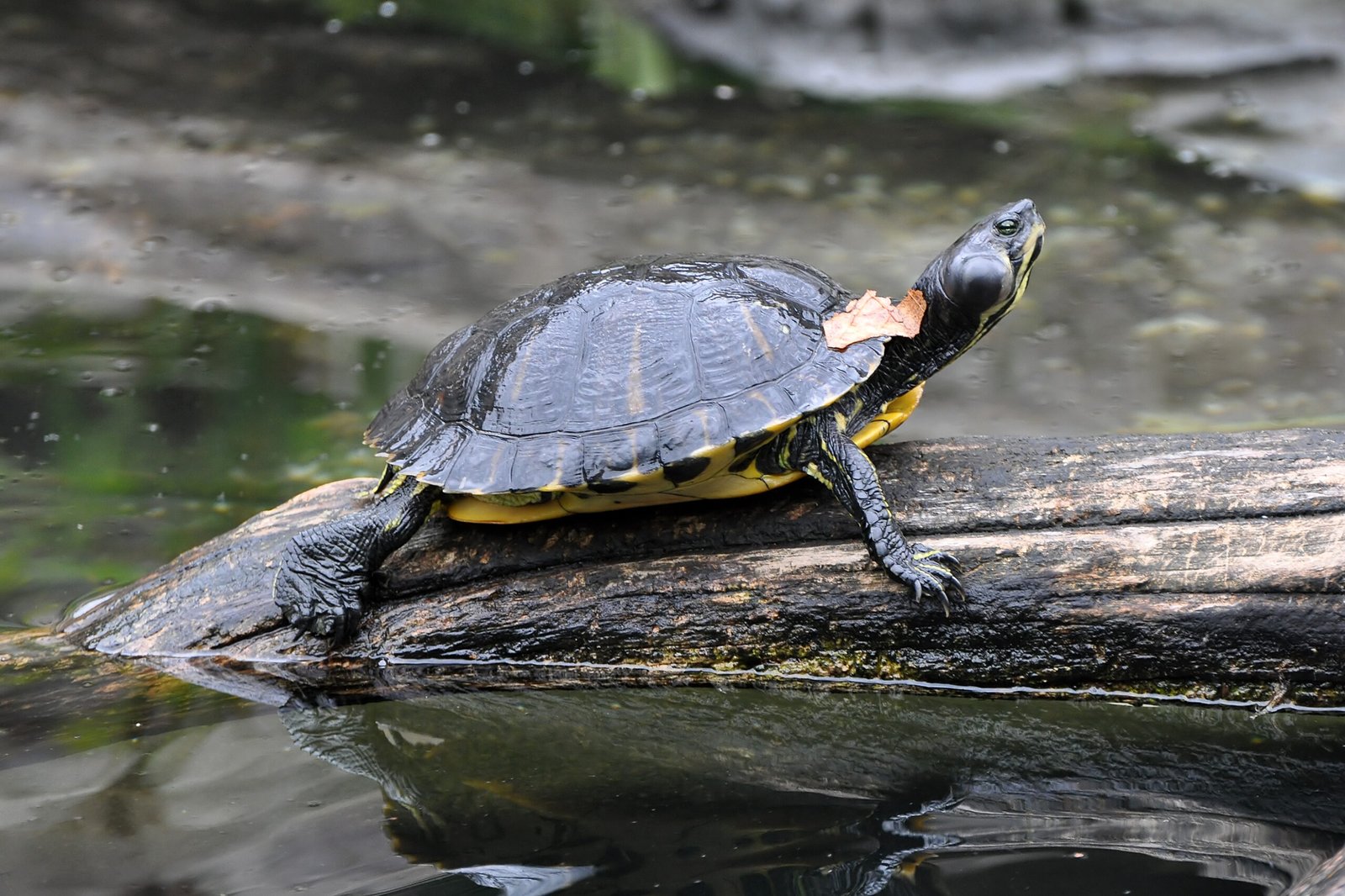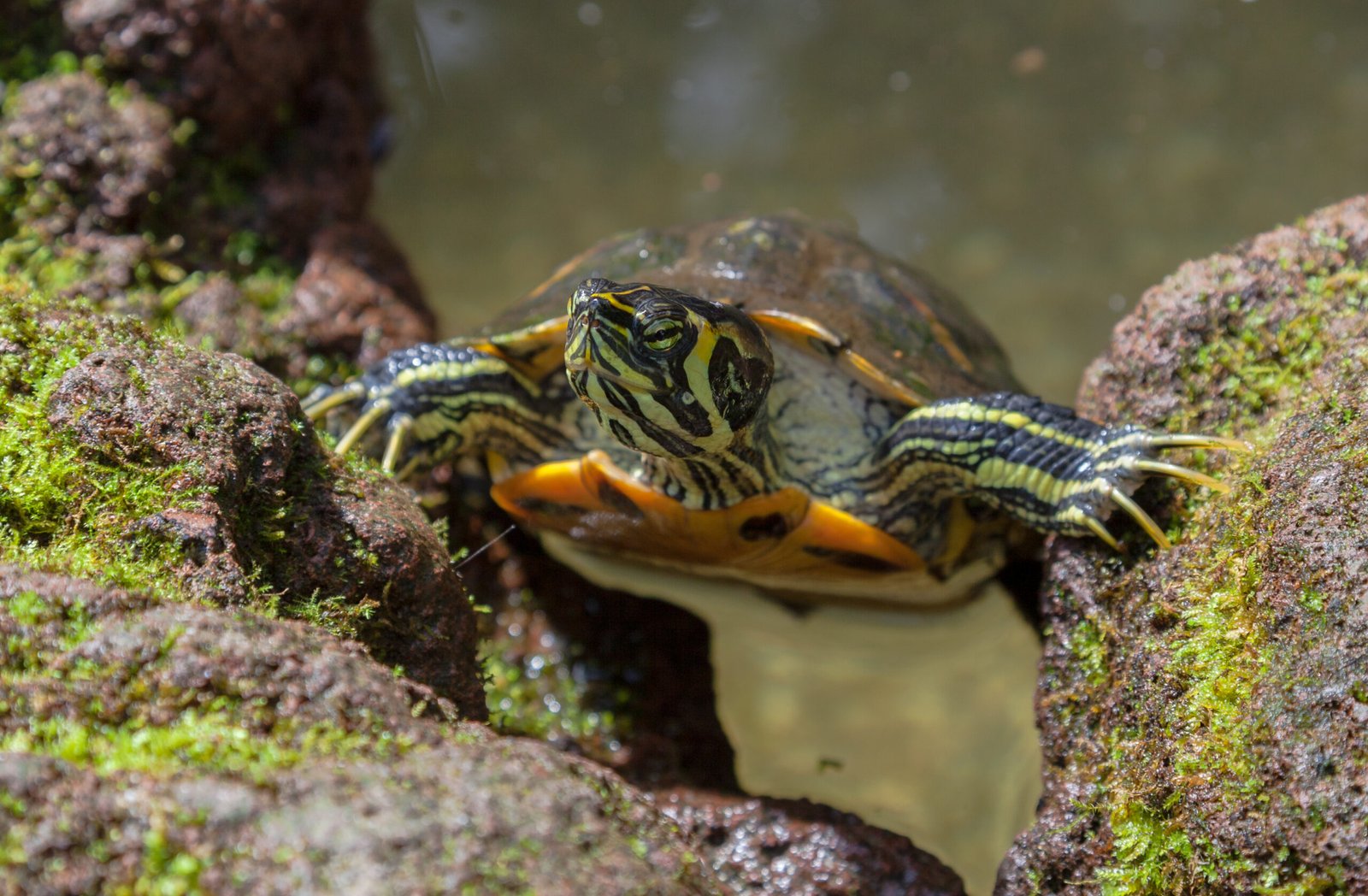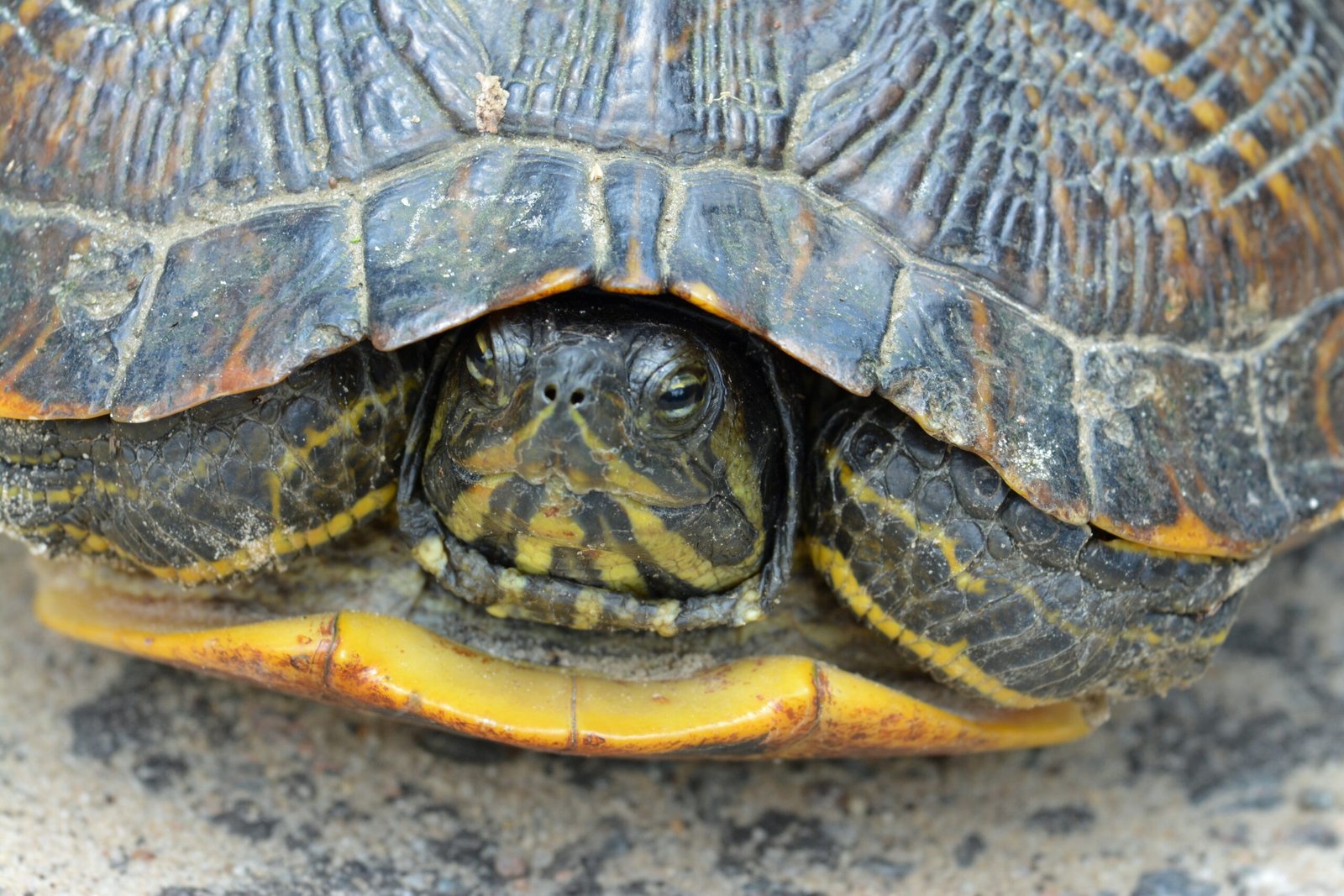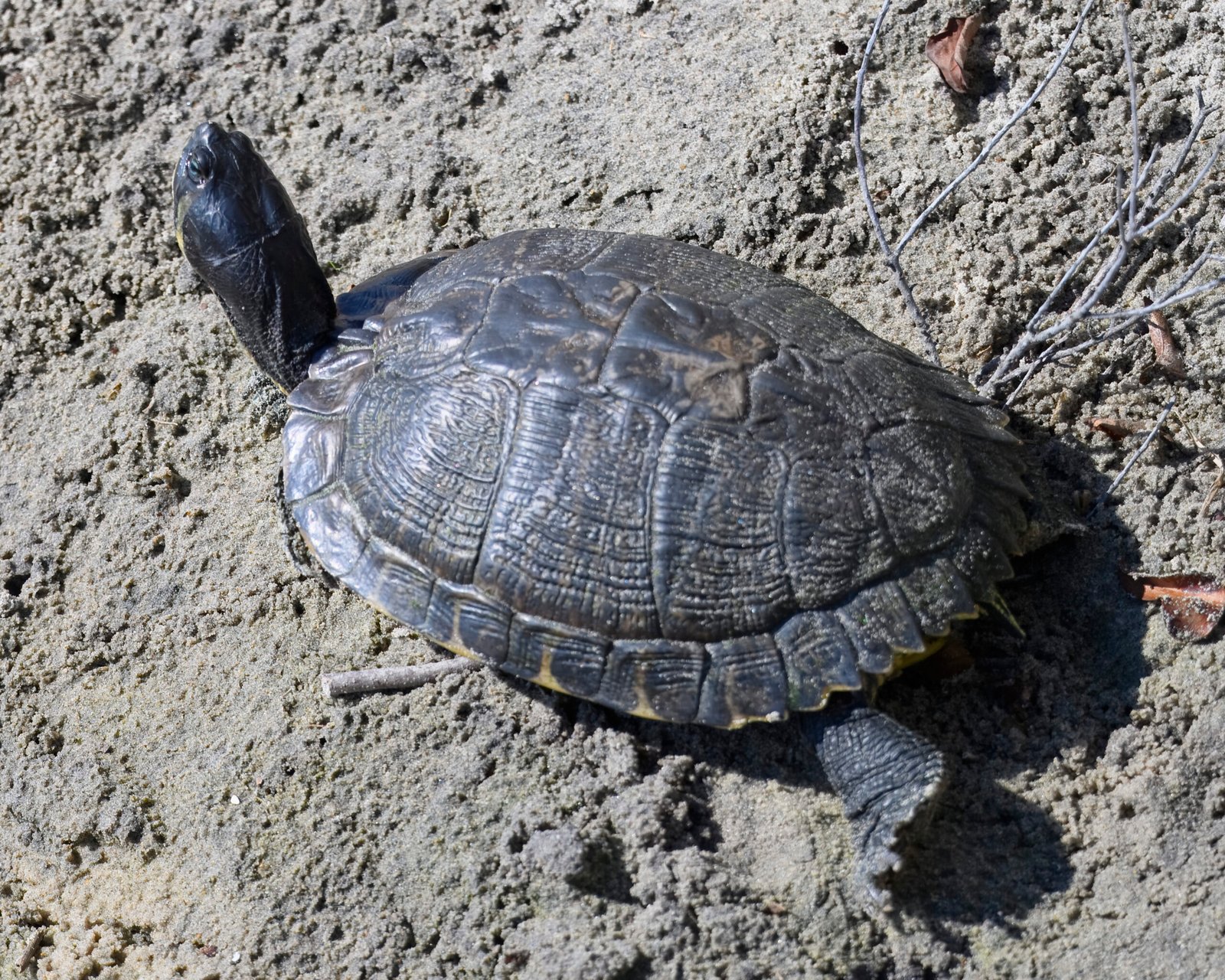Have you ever gazed into the gentle eyes of a yellow-bellied slider turtle and wondered what it takes to care for such a captivating creature? These charming reptiles, with their distinctive yellow markings, have captured the hearts of many turtle enthusiasts. But, before diving into the world of turtle care, there are crucial facts every beginner should know to ensure their shelled friend thrives. Let’s embark on this journey of discovery and explore the essentials of yellow-bellied slider turtle care.
Yellow-bellied slider turtles are a popular choice for beginner reptile keepers thanks to their hardy nature and friendly personalities. These semi-aquatic turtles thrive in environments with clean water, basking areas, and UVB lighting to support their shell and bone health. They’re omnivores, so their diet should include a mix of leafy greens, pellets, and occasional protein. One key tip? Keep their tank clean—it’s crucial for their health and happiness. With proper care, these charming sliders can live for decades and make fascinating long-term companions.
Understanding the Yellow-Bellied Slider
Yellow-bellied sliders are a type of semi-aquatic turtle native to the southeastern United States. Their name comes from the bright yellow patches on their bellies and the yellow stripes on their legs and necks. These turtles are known for their playful nature and can often be seen basking in the sun. They are a popular choice for pet owners due to their relatively easy care requirements and their friendly disposition. However, understanding their natural habitat and behaviors is crucial for providing them with the best care possible.
Setting Up the Perfect Habitat

Creating a suitable environment for your yellow-bellied slider is the first step to ensuring its well-being. These turtles require a tank that mimics their natural habitat, which means a mix of water and dry land. A 75-gallon tank is recommended for adults, providing ample space for swimming and basking. Incorporate a basking platform where your turtle can dry off and absorb essential UVB light. This setup not only promotes healthy shell growth but also mimics the sunbathing they would do in the wild.
The Importance of UVB Lighting

UVB lighting is a non-negotiable aspect of turtle care. These rays are essential for the synthesis of vitamin D3, which helps in calcium absorption. Without adequate UVB exposure, yellow-bellied sliders can develop metabolic bone disease, a serious condition that affects their shell and bones. Ensure that your turtle’s basking area is equipped with a UVB bulb, and remember to replace it every six months, as the UVB output diminishes over time even if the bulb still emits light.
Water Quality and Filtration

Clean water is vital for the health of your yellow-bellied slider. These turtles spend a significant amount of time in water, and poor water quality can lead to infections and diseases. Invest in a high-quality filtration system to keep the water clean and free from harmful bacteria. Regularly test the water for ammonia, nitrites, and nitrates, and perform partial water changes weekly to maintain optimal conditions. Think of water quality as the air your turtle breathes; it should be fresh and clean.
Diet and Nutrition

A balanced diet is essential for the health and longevity of yellow-bellied sliders. In the wild, these turtles are omnivores, feeding on a mix of aquatic plants, insects, and small fish. In captivity, their diet should include a combination of commercial turtle pellets, leafy greens, and occasional protein sources like earthworms or cooked chicken. Be cautious not to overfeed, as obesity is a common issue in captive turtles. A varied diet will ensure your turtle receives all the necessary nutrients.
Recognizing Health Issues

Just like any pet, yellow-bellied sliders can encounter health problems. Common issues include respiratory infections, shell rot, and vitamin deficiencies. Watch for signs such as lethargy, swollen eyes, or changes in eating habits. Early detection is key to successful treatment, so regular veterinary check-ups are recommended. Remember, your turtle can’t tell you when something is wrong, so it’s up to you to be vigilant and proactive about its health.
Handling and Interaction
While yellow-bellied sliders are friendly creatures, they do not typically enjoy being handled frequently. Excessive handling can cause stress, which may lead to health issues. When you do need to pick up your turtle, support its body with both hands and avoid sudden movements. Interact with your turtle by observing its behavior, feeding it by hand, or gently stroking its shell while it basks. Building trust takes time, but patience is key to a rewarding relationship.
Understanding Their Social Nature

Yellow-bellied sliders can be social animals, often thriving in environments where they have company. However, introducing multiple turtles requires careful planning. Ensure the tank is large enough to accommodate more than one turtle, and monitor them closely for signs of aggression. Some turtles may not get along, and overcrowding can lead to stress. If you notice any aggressive behavior, it may be necessary to separate them to prevent injury.
The Lifespan Commitment

Owning a yellow-bellied slider is a long-term commitment, as these turtles can live up to 30 years or more with proper care. This longevity requires a dedicated owner who is prepared to provide consistent care and attention for decades. Before acquiring a turtle, consider your long-term plans and ensure you can commit to its care. This is not a decision to be taken lightly, as your turtle will depend on you for its entire life.
Legal and Ethical Considerations

Before bringing a yellow-bellied slider into your home, it’s important to be aware of any legal regulations in your area. Some regions have restrictions on owning certain turtle species due to environmental concerns or the risk of spreading diseases. Additionally, consider adopting from a rescue or reputable breeder rather than purchasing from the wild. This ethical choice helps protect wild populations and ensures you are getting a healthy pet.
In conclusion, caring for a yellow-bellied slider turtle can be a rewarding experience for those willing to invest the time and effort. These delightful creatures offer a glimpse into the fascinating world of reptiles and make wonderful companions for turtle enthusiasts. Are you ready to embark on this fulfilling journey with your new shelled friend?

Linnea is a born and bred Swede but spends as much time as possible in Cape Town, South Africa. This is mainly due to Cape Town’s extraordinary scenery, wildlife, and atmosphere (in other words, because Cape Town is heaven on earth.) That being said, Sweden’s majestic forests forever hold a special place in her heart. Linnea spends as much time as she can close to the ocean collecting sea shells or in the park admiring puppies.





